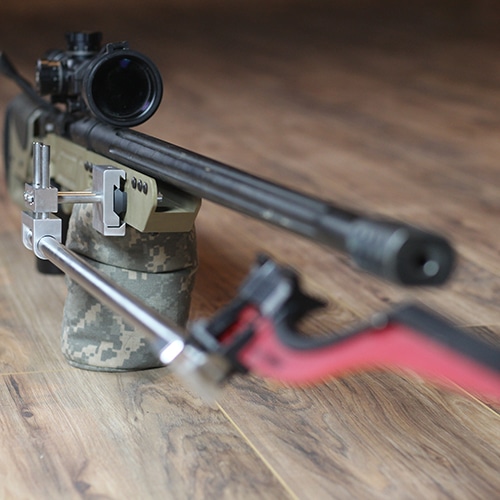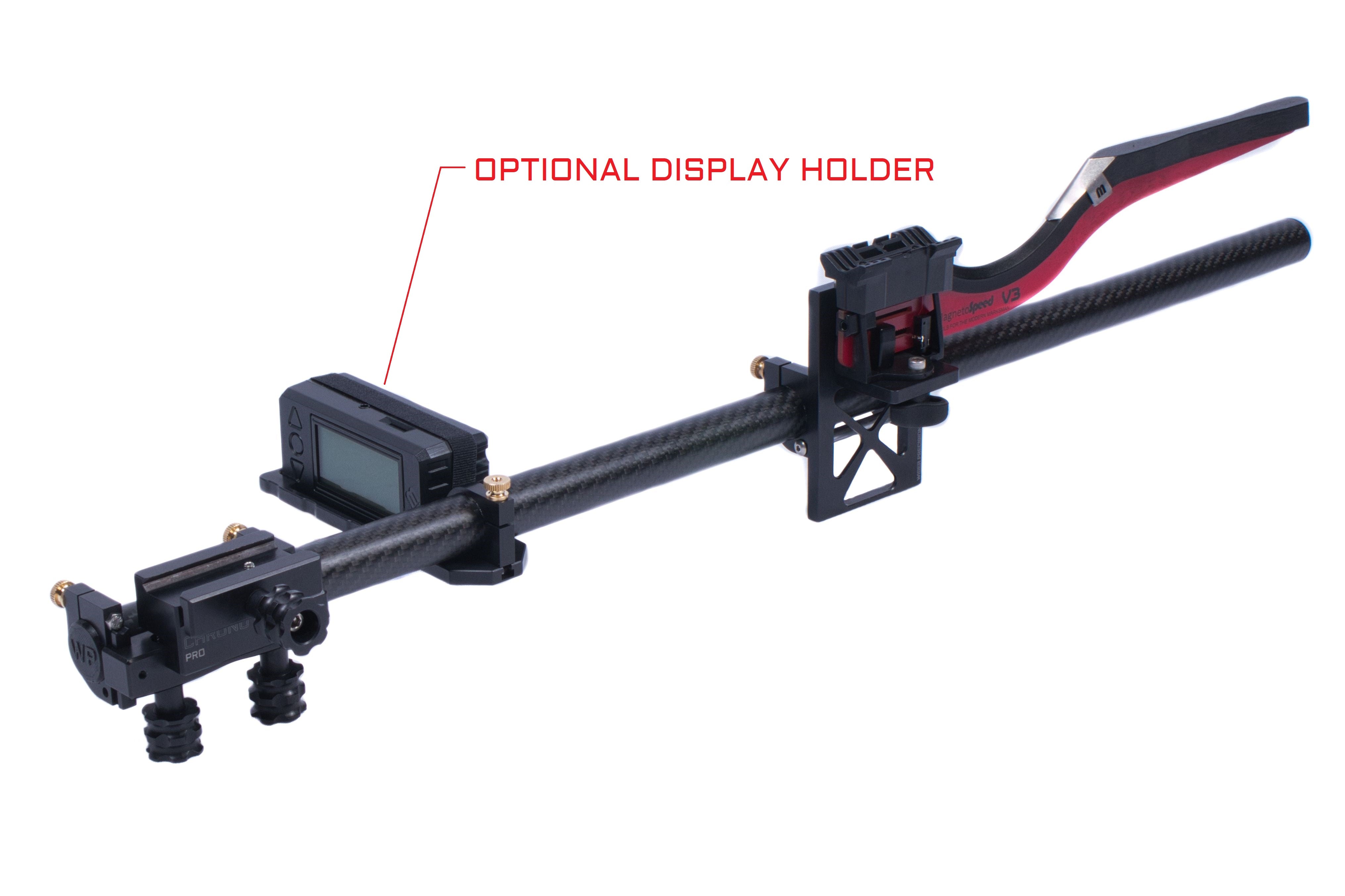Rank amateur here with a question. I'm shooting a McCree rifle, Vortex PST scope with a Benchmark barrel and an Atlas bipod in 6mm CM. EVERY bullet I shoot (Hornady Amax 105 gr., Nosler RDF 105 gr., SMK...both 107 and 110 gr., Berger Hybrid 105gr.) when loaded over 42 grains (+/- .1 grain) of H4350 shoots extremely well.
But the very best SD (under 5) and ES (under 10) 5 shot strings that I shoot do NOT always translate into the smallest groups at 100 yards.
Logically I would think that the lowest SD and ES are going to give me the tightest groups at 100 yards and continue out to 1000 yards and beyond. But I'm not seeing that in my shooting.
Particularly, the Hornady Amax 105 consistently gives the lowest SD and ES. But the Berger Hybrid 105...while usually (but not always) giving nice low SD and ES, is ALWAYS the most accurate of all the bullets that I load.
Any suggestions about how I should be thinking about this?
I'd like to find a place and time to be consistently shooting 500-1000+ yards but I want to have the best possible load to do that.
But the very best SD (under 5) and ES (under 10) 5 shot strings that I shoot do NOT always translate into the smallest groups at 100 yards.
Logically I would think that the lowest SD and ES are going to give me the tightest groups at 100 yards and continue out to 1000 yards and beyond. But I'm not seeing that in my shooting.
Particularly, the Hornady Amax 105 consistently gives the lowest SD and ES. But the Berger Hybrid 105...while usually (but not always) giving nice low SD and ES, is ALWAYS the most accurate of all the bullets that I load.
Any suggestions about how I should be thinking about this?
I'd like to find a place and time to be consistently shooting 500-1000+ yards but I want to have the best possible load to do that.



